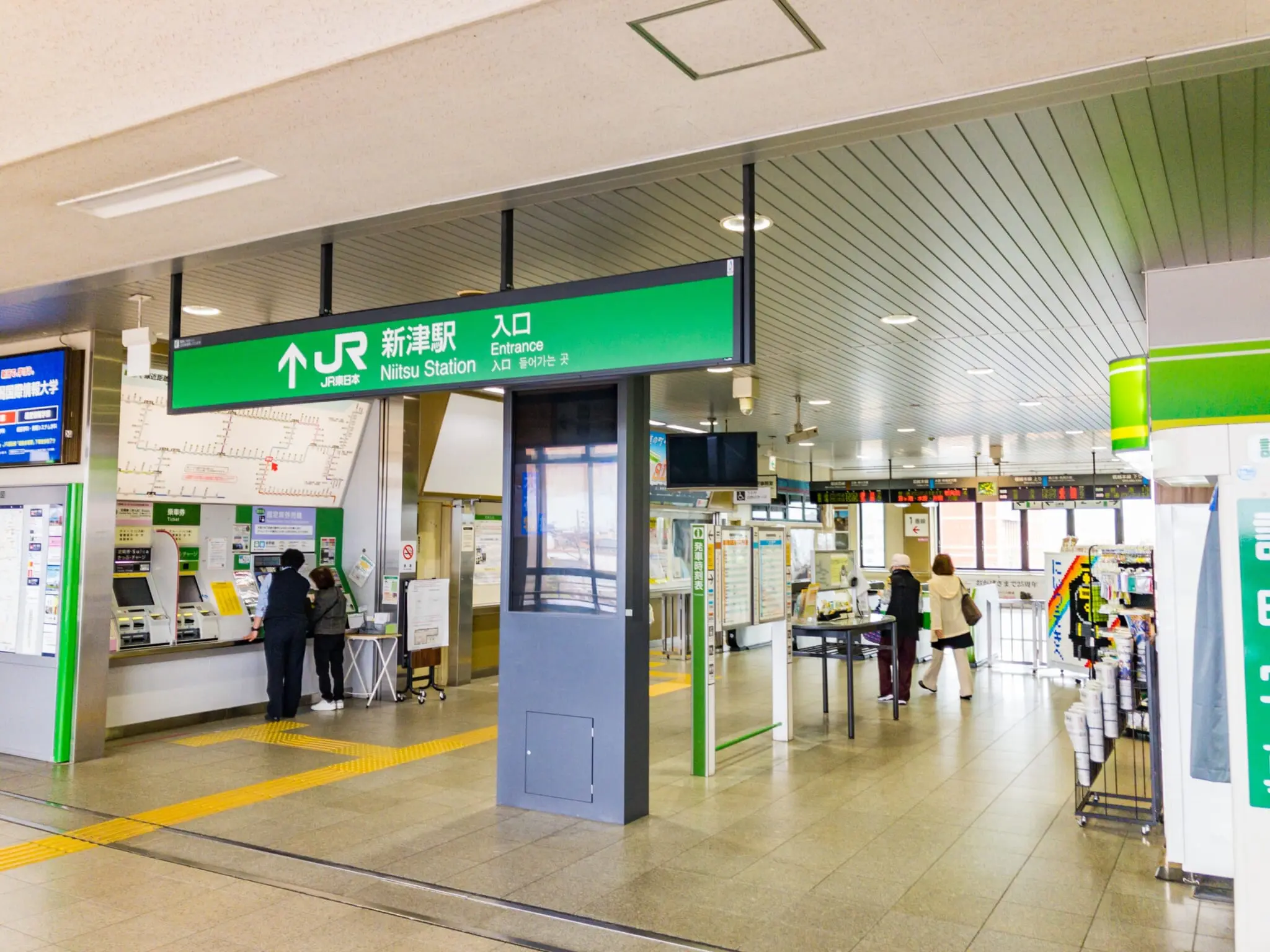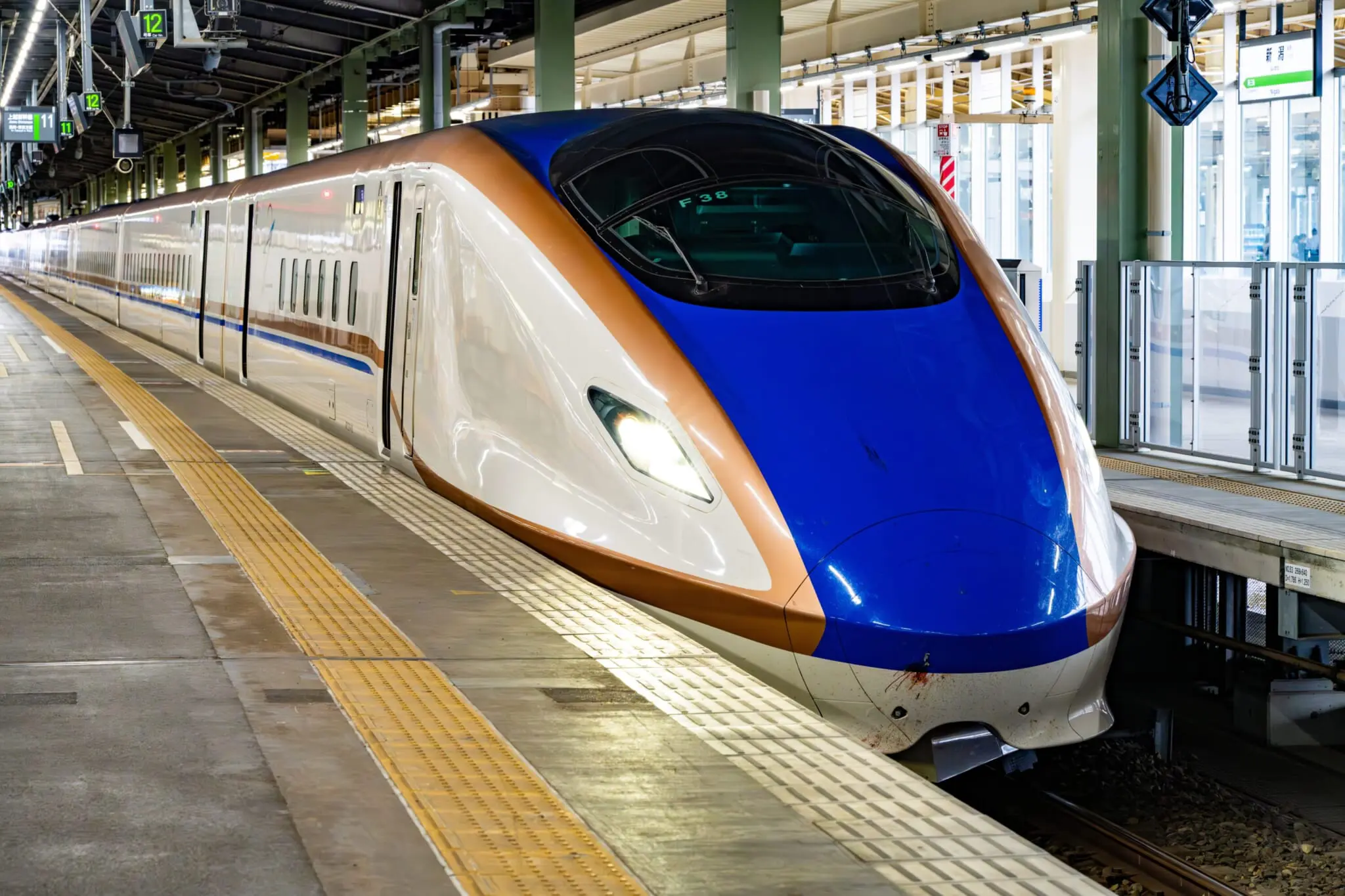JR East is planning to launch self-driving bullet trains, with the new models set to operate across a short stretch of the Joetsu Line from 2028.
Plans To Automate the Entire Joetsu Line By the Mid-2030s
Not all of JR East’s trains will be automated by then. The launch merely marks the first step in the company’s drive to automate more of its train lines. The initial route will be a 55.7-kilometer section of the Joetsu Shinkansen Line, running between Niigata and Nagaoka stations, with the aim of automating the entire Joetsu Shinkansen Line by the mid-2030s. While the trains will be automated, there will still be a driver on board in case of emergencies, ensuring passenger safety.
The plan to implement self-driving trains is a way to combat train driver shortages in Japan. During a press conference to announce the news, the company president, Yoichi Kise, remarked that another reason for the push for driverless trains was to allow “staff members to engage in a wider range of tasks.”

Niigata Station Photo by Takeshi images / Shutterstock.com
What is JR East?
Japan’s highly efficient railway system is not run by one company. There are several nationwide train operators, of which JR East is the biggest.
JR East lines serve millions of passengers daily across the eastern part of the country. It operates a vast network of rail lines, including the iconic Yamanote Line in Tokyo and several Shinkansen routes, such as the Tohoku, Hokuriku and the Joetsu bullet trains.
Since its establishment in 1987, JR East has become synonymous with Japanese railway excellence, known for its cutting-edge technology, punctuality and world-class service. The upcoming self-driving bullet trains are the latest example of JR East’s commitment to innovation in public transportation.









